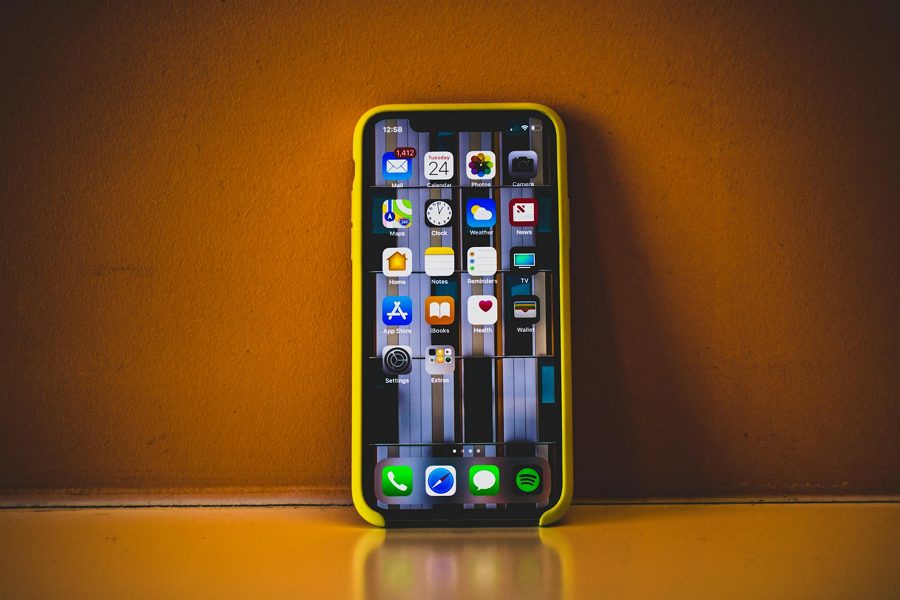Downloading files on your Android phone or tablet is a common task, whether you’re saving music, videos, documents, or apps. While the built-in Android download manager gets the job done, it’s fairly basic. Third-party downloader apps offer more advanced features to enhance your downloading experience, such as:
- Faster speeds through multi-threaded/multi-part downloading
- Scheduling downloads for a later time or when on WiFi
- Pause and resume of interrupted downloads
- Browser integration to intercept download links
- Torrent file support for P2P downloads
One of the best downloader apps available on the Google Play Store is Advanced Download Manager (ADM). It’s free, feature-rich, and easy to use. Let’s go through the process of installing and using ADM on your Android device.
Step 1: Install ADM from the Google Play Store
The first step is to download and install ADM on your Android phone or tablet. Here’s how:
- Open the Google Play Store app on your device
- Search for Advanced Download Manager or ADM
- Select the app from the search results (it should be the first result)
- Tap Install to download and install the app
- Once installed, tap Open to launch ADM
Step 2: Grant Necessary Permissions
When you first open ADM, it will request several permissions in order to function properly. The main permissions it needs are:
- Storage – to save downloaded files on your device
- Phone – to pause downloads on incoming calls
Tap Allow when prompted to grant these permissions. You can always adjust them later in your device’s Apps settings if needed.
Step 3: Configure ADM Settings
Before you start downloading, it’s a good idea to configure ADM’s settings for optimal performance. Tap the three-dot menu button and select Settings. Here are some key settings to customize:
- Download folder – choose where downloads are saved
- Number of simultaneous downloads – more downloads at once can slow things down
- Number of parts – break files into parts for multi-threaded downloading (4-8 is good)
- Speed limits – set max speeds if needed to conserve data or bandwidth
- Scheduler – set up automatic downloading rules
Feel free to explore the other settings and customize ADM to your liking. Remember you can always come back and adjust these later.
Step 4: Integrate ADM with your Browser
One of ADM’s handiest features is its ability to intercept download links from your web browser. This lets you download files directly without having to copy/paste URLs. To set this up:
- Open your preferred browser and navigate to a download link
- Tap the download link and select ADM from the list of apps
- Check the Remember my choice option to always use ADM
- Tap Always or Just once to open the link in ADM
Now when you click on download links in your browser, the files will automatically open in ADM where you can manage the download.
Step 5: Start Downloading!
You’re now ready to start downloading files with ADM! There are a few ways to initiate a download:
- Browser integration – click download links and they’ll open in ADM
- Copy URL – copy a file’s URL, open ADM, and paste it in
- Torrent files – download .torrent files and open them with ADM
- Built-in browser – use ADM’s basic built-in browser to navigate to files
Once a download starts, you’ll see its progress and details. You can pause, resume, or cancel downloads as needed. Completed downloads can be opened right from the ADM interface.
Conclusion
Using a dedicated downloader app on Android like ADM can really speed up and simplify downloading files on your device. With support for faster multi-part downloads, link intercept from browsers, scheduled downloading, and torrent files, ADM is one of the best tools for the job.
By following the steps outlined above, you can get ADM set up and optimized on your own device in just a few minutes. The app is highly customizable, so be sure to explore all the settings and features to get it working just the way you want.
Happy downloading!

Leave a Reply